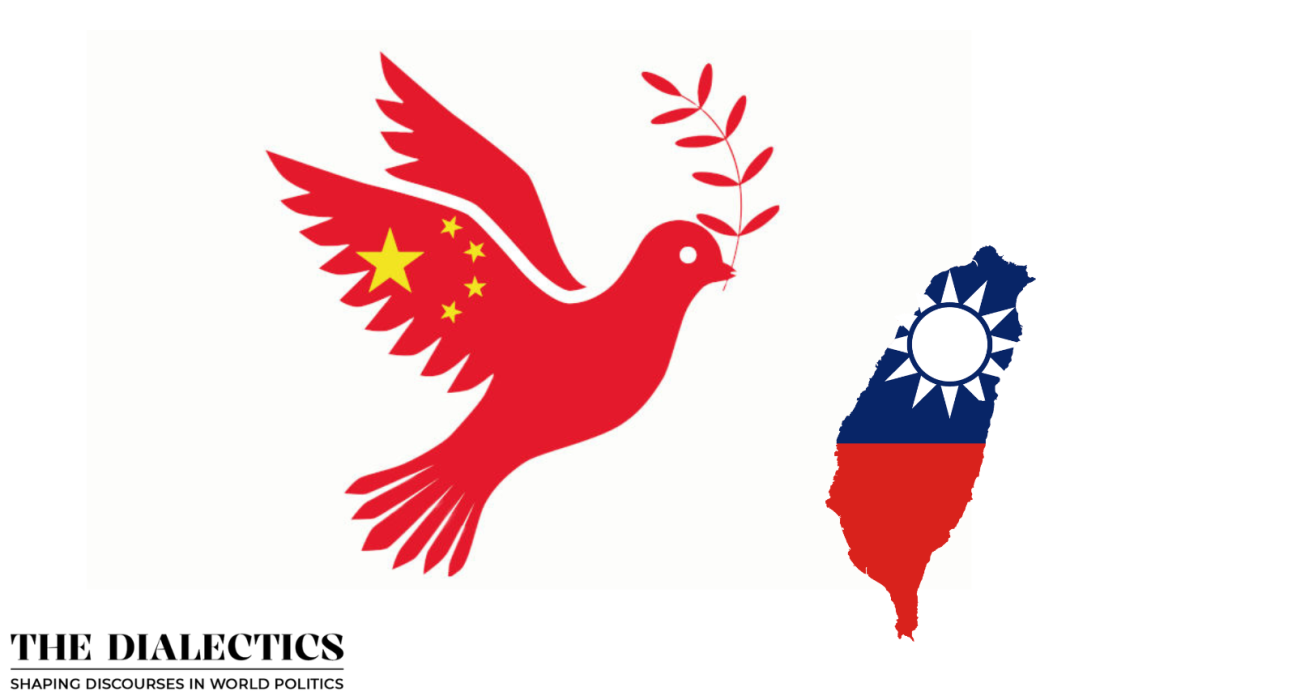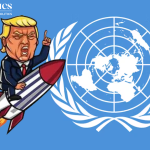What is Beiping model?
The continuing anxieties between China and Taiwan has often left its observers question China’s real strategy towards Taiwan. It has reached a critical juncture with the recent conduct of military drill by China near the Taiwan Strait on 31st March 2025.
Of late the Chinese media has invoked the “Beiping model” which implies that Beijing would take over Taiwan without resorting to military force. This strategy is inspired by the Chinese Communist Party’s (CCP) seizure of Beijing (then known as Beiping), the model represents a strategy to gain control of Taiwan without bloodshed. The CCP sees Taiwan as threat to its regime legitimacy, not an opportunity to be seized via ultimate force.
History
Looking back in 1949, the Nationalist Forces in China surrendered Beiping to the CCP after a month-long siege. It involved General Fu Zuoyi, commander of the city’s Nationalist Forces who negotiated a peaceful surrender to avoid destruction. The CCP deployed tactics including eroding pubic confidence, building a network of collaborators, applying pressure and eventually, negotiating surrender.
The main component of this strategy is gradualism and does not involve a clear moment of retaliation. It relies on psychological manipulation played by the oppressor that eventually leads to resignation by the opponent. This logic fits well with the famous quote from the Chinese Art of War which states “Attacking the heart is better than attacking the city; psychological warfare is better than military warfare”.
On the other hand, although the People’s Republic of China had never ruled over Taiwan, Chinese leaders have seen the historical complexity of unification with Taiwan from the perspective of nationalistic goals of eliminating the bitter legacy of foreign imperialism and bringing China and Taiwan into a state of unity. Late back in 1895, Taiwan was ceded to Japan under the Shimonoseki Treaty, which sealed China’s defeat in the Sino-Japanese War. Taiwan was returned to the Kuomintang (KMT) after Japan’s defeat in the Second World War of 1945. But it was cut off from the mainland when the KMT was driven by the CCP to the island during the civil war.
China’s initial attempts to integrate Taiwan was left mid-way due to the outbreak of the Korean War 1950. However, what followed next was the gradual attempts made by Mao Zedong and later followed by Deng Xiaoping to gradually and peacefully integrate Taiwan with China. In the early 1991, Taiwan had created the Strait Exchange Foundation (SEF) and China had established a semi-official institution the Association for Relations Across the Taiwan Strait (ARATS).
However, things between China and Taiwan started to become taxing after Taiwan amended its constitution to institute its first Presidential Election for March 1996. Nevertheless, the Chinese White Papers from 1993 to 2000, outlined a gradual plan for “peaceful reunification” under a “one country, two systems”. The relation between Taiwan and China has been mounting since the Democracy Progressive Party (pro-democracy) party came to power in Taiwan in 2016.
The risk of outright war
For Chinese policymakers, a full-scale invasion of Taiwan will not only be risky on several vital fronts but also invite the involvement of third party, especially the U.S. It could result in significant Chinese casualties and galvanize international backlash. On the front of key exports and global value chain, any major clash between the two has the full potential to trigger export control which would damage China’s electric vehicle and Taiwan’s semiconductor industries; and also, would probably lead to halting of rare earth minerals by China. In addition, given the economic and strategic significance of the Taiwan Strait, the outbreak of war would jeopardise both maritime security and maritime trade in the East China Sea and also knock off the global shipping industry.
Nevertheless, when we follow major statement of Chinese Premier Xi Jinping it can deduced that China is continuing to give weightage to the usage of non-military strategies for the reunification of Taiwan. For instance, Xi Jinping during the 2017 19th Party Congress have stated by “reunification by 2049” which “is an inevitable requirement for realizing the requirement for realizing the great rejuvenation of the Chinese nation”.
In addition, in November 2021 Beijing announced “the Party’s overall strategy for solving the Taiwan issue in the new era” which emphasised on development of cross-strait relations, win minds and hearts of Taiwanese people, smash the plot of “Taiwanese independence” and never commit to renounce the use of force.
Similarly, during October 2022, Xi Jinping stated at the opening of a major CCP meeting that China will never renounce the right to use of force but will strive for a peaceful resolution to resolve the Taiwan issue. The right to use force is mostly viewed from the perspective of involvement of third party.
Therefore, given the set of overweighing risks and China’s choice of strategy for reunification of Taiwan, the “Beiping Model” fits into perspective.




